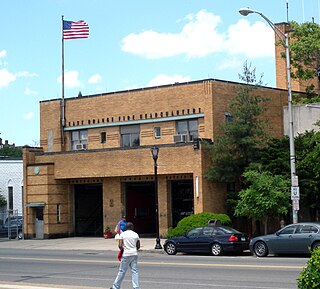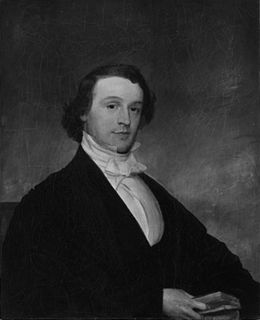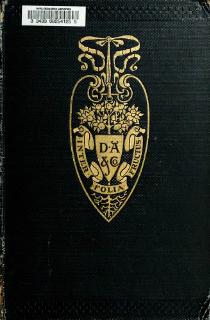Henry Randall Waite (Copenhagen, New York, 16 December 1845 – East Orange, New Jersey, 8 May 1909) was a United States editor and clergyman.

Copenhagen is a village in Lewis County, New York, United States. The village is situated between Watertown and Lowville. The population was 801 at the 2010 census. The village is named after Copenhagen, the capital of Denmark.

East Orange is a city in Essex County, New Jersey, United States. As of the 2010 United States Census the city's population was 64,270, reflecting a decline of 5,554 (−8.0%) from the 69,824 counted in the 2000 Census, which had in turn declined by 3,728 (−5.1%) from the 73,552 counted in the 1990 Census. The city was the state's 20th most-populous municipality in 2010, after having been the state's 14th most-populous municipality in 2000.

The United States of America (USA), commonly known as the United States or America, is a country composed of 50 states, a federal district, five major self-governing territories, and various possessions. At 3.8 million square miles, the United States is the world's third or fourth largest country by total area and is slightly smaller than the entire continent of Europe's 3.9 million square miles. With a population of over 327 million people, the U.S. is the third most populous country. The capital is Washington, D.C., and the largest city by population is New York City. Forty-eight states and the capital's federal district are contiguous in North America between Canada and Mexico. The State of Alaska is in the northwest corner of North America, bordered by Canada to the east and across the Bering Strait from Russia to the west. The State of Hawaii is an archipelago in the mid-Pacific Ocean. The U.S. territories are scattered about the Pacific Ocean and the Caribbean Sea, stretching across nine official time zones. The extremely diverse geography, climate, and wildlife of the United States make it one of the world's 17 megadiverse countries.











